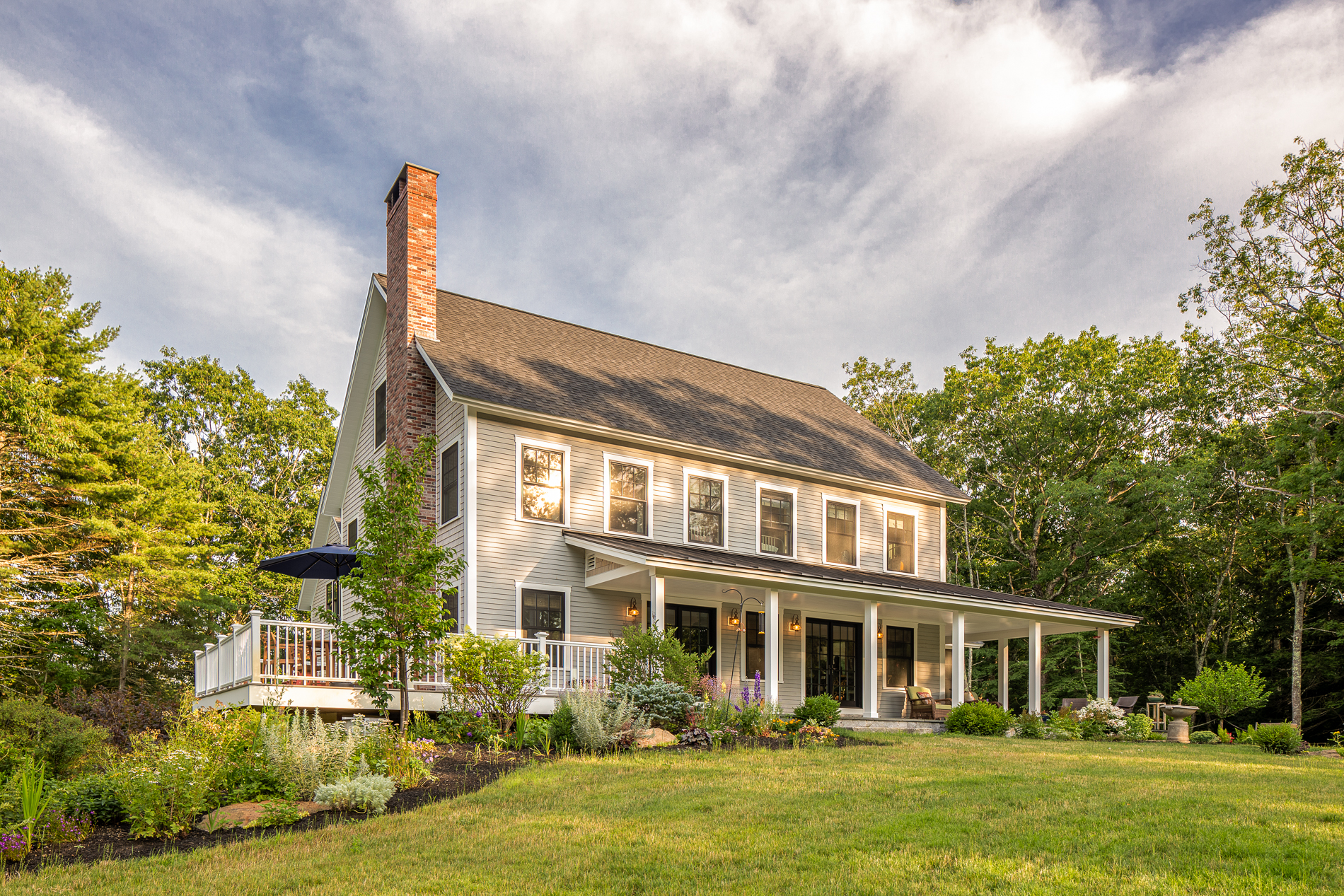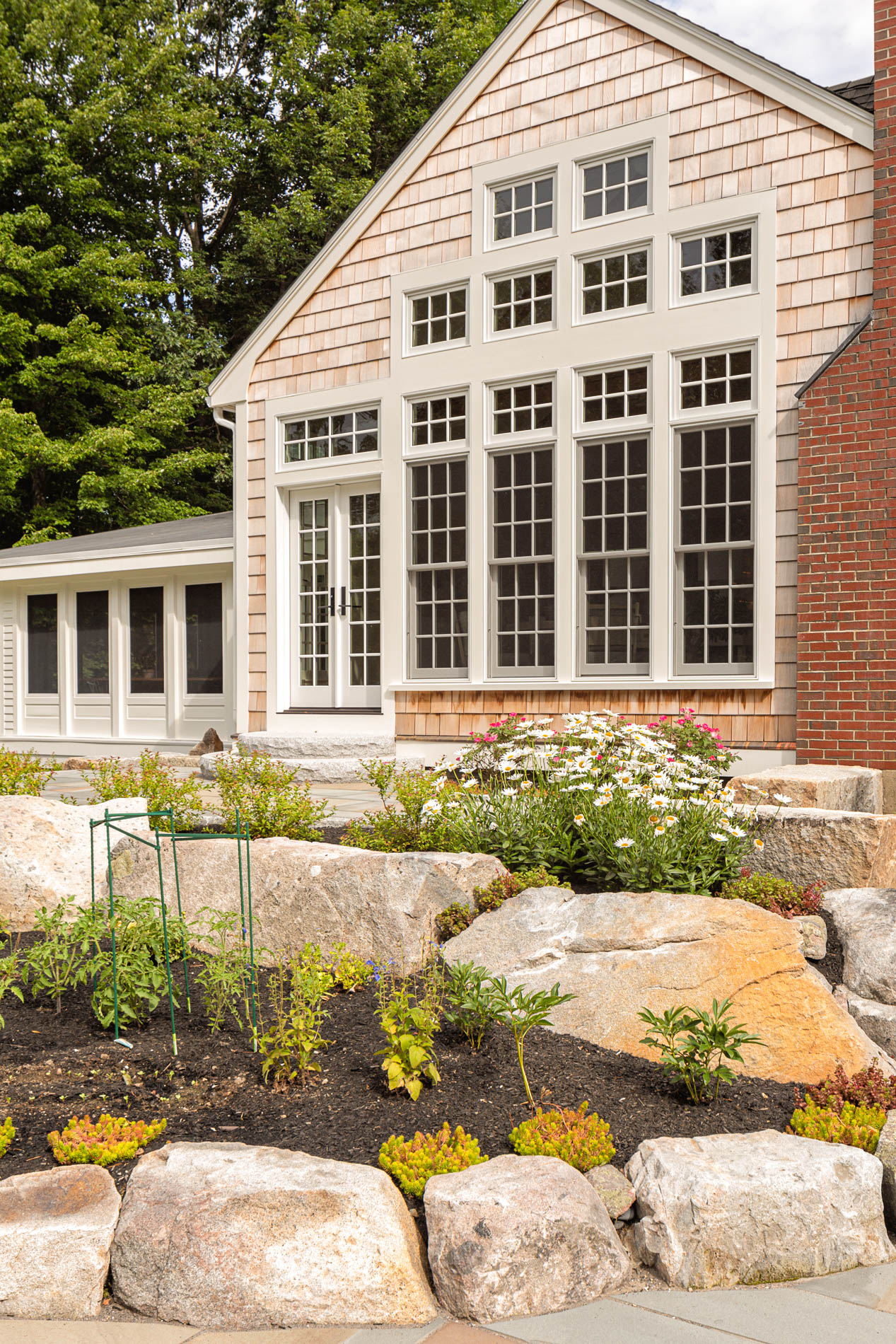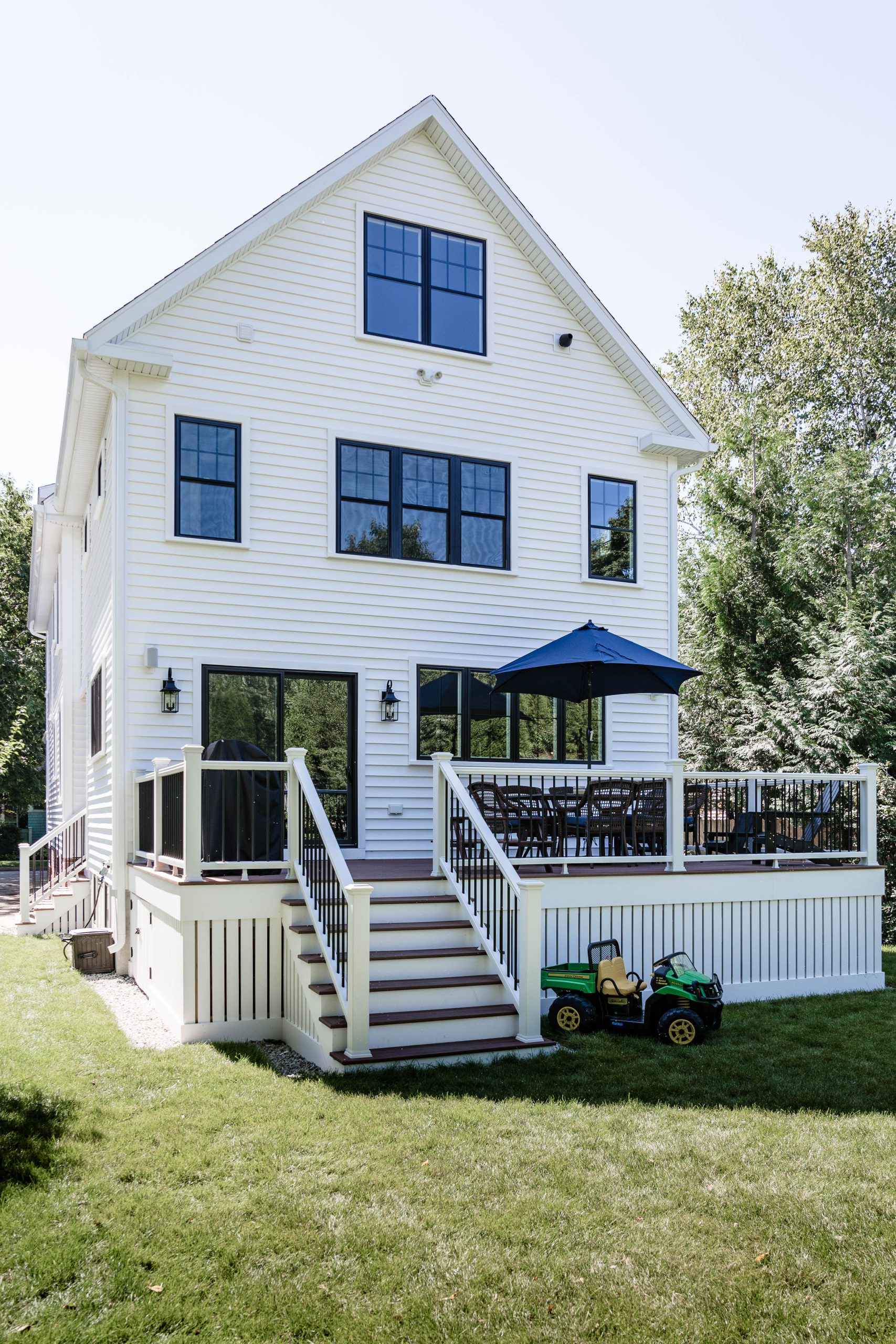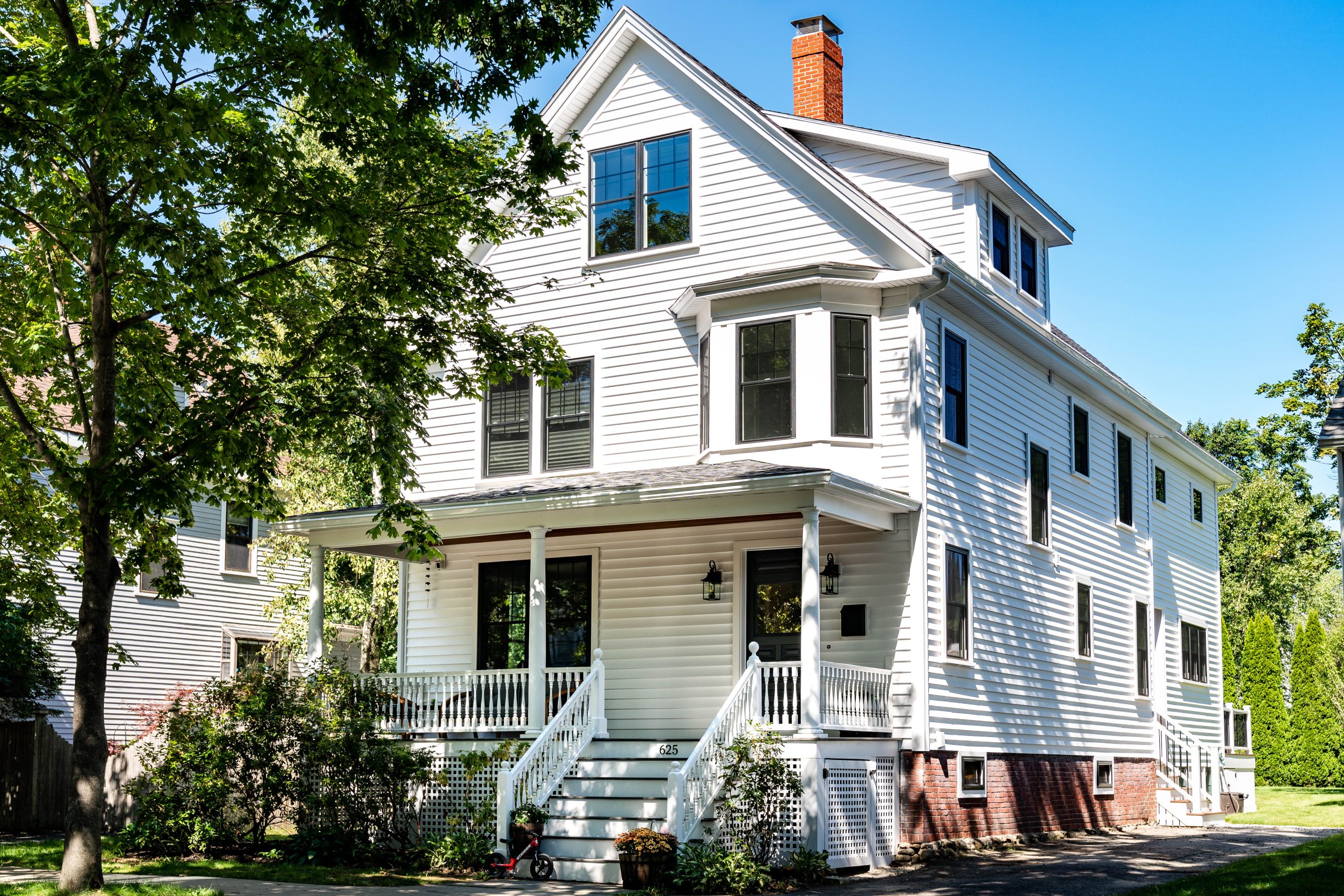;)
;)
;)
;)
;)
;)
;)
;)
;)
;)
When starting a project, you first want to determine the design style that speaks to you, either architecturally or the interior. I’ll start with Architecture, and then next week, we will move into Interiors. Two great ways to determine this are:
- Pinterest! Start a Pin Board and create as many sub-boards that you’d like and Pin away. Google Chrome extension allows you to pin from any site. You can clean up the boards by deleting the pin, and you can share them with your partner and designer to get on the same page. When looking at a client’s Pinboards, I quickly look to see what is the most consistent design element.
- Determine what you hate. Sometimes, it’s easier for people to become very clear about what they hate first by eliminating many styles, landing on a few types that they like, and creating a cohesive blend.
ARCHITECTURE STYLES:
There are many architectural design styles, so I’ll just focus on the most popular ones used.
COLONIAL – Considered traditional with a first-floor and second-floor height and a full attic. Typically, these houses have a gabled roof with more gables on the side.
FARMHOUSE – Also considered traditional or transitional, this style takes the Colonial and adds a farmer’s porch and rambles with other house wings, such as a first-floor mudroom connecting to a garage.
NEW ENGLANDER – Typically, these were older houses built in New England, where vertical living was meaningful. The front door is always off to the side, with the staircase straight in front and the living and dining kitchen moving from the front to the back. The second floor has a hallway along the stairs with bedrooms and bathrooms off of it. A whole New Englander will have a third-floor walk-up ideally with a dormer for head height, with the staircase to the 3rd floor moving to the center of the house to access a suitable sized attic. The roofline gable faces the front of the house with a steep pitch – typically 12/12 (this is a right triangle or in 12” across, the roof will rise 12”).
MODERN – This style is typically introduced with simple, low to no pitched roofs. The roofline and materials define the contemporary style, and the interior space is open with clean lines.
RANCH – This simple home provides function and options with first-floor living only and a choice of a full basement with potential walk-out for square footage or just storage. The roof pitch is typically lower and the first floor can easily be a cathedral. The joint space generally is an open concept with a living, dining, and kitchen on one side of the house and the bedrooms/bathrooms off a hallway.
CAPE COD – This is considered a 1.5-story house. It will have a complete first floor and center staircase, two bedrooms on the second floor, one on each side of the stairs, and a bathroom at the top. If the house is not dormered, it can be pretty small, but dormers will add head height, square footage, and curb appeal.
SHINGLE STYLE – Typically, these houses are defined by their shingle siding and deep roof overhangs, with multiple and complex rooflines creating a confused look. Larger in size, the second floor is almost always dormered for whole living inside the roofline.
BARN STYLE – These homes are becoming popular as a new construction house style. The footprint is a rectangle with whole first and second floor living with a gable roof and open concept living. Beyond that, the structure is to stay simple and have large front doors with barn shutters that could cover these doors.
BUNGALOW – These low houses started as efficient, simple homes, and some were Sears Home Kits that have oodles of character. You could think of them as a blend of the Ranch and New Englander. With the roof being either a gable or hip that is low in pitch and faces the front of the house, the staircase is typically in the middle with a center door. The bedrooms and bathrooms are off to one side, and the living, dining, and kitchen run front to back. Depending on the layout and dormers, the staircase typically leads to one or two bedrooms on the second floor.
VACATION HOME – Whether you are at the beach, on the lake, or in the mountains, typically, the view is what we are trying to achieve with these homes. We are also typically up against a height restriction, so the roofs tend to be simple and low in pitch. One side of the house has the view function with full glass windows and common space living, while the other side is functional and where the bedrooms are located.
When defining the style that you like the most, also considers your lot and living requirements. If you are renovating a home, feel free to think outside of the box. The back of the house is where we depart from all “rules,” and you can create whatever style and function. For example, we just finished an expansion of an 1860 New Englander that was traditional and far from modern the moment you walked in the door. We renovated the back transforming with a modern twist complete with a low-pitched roof, nickel-gap siding, a current window, and doors painted black. Most of all, I encourage you to explore, have fun, and be inspired.
